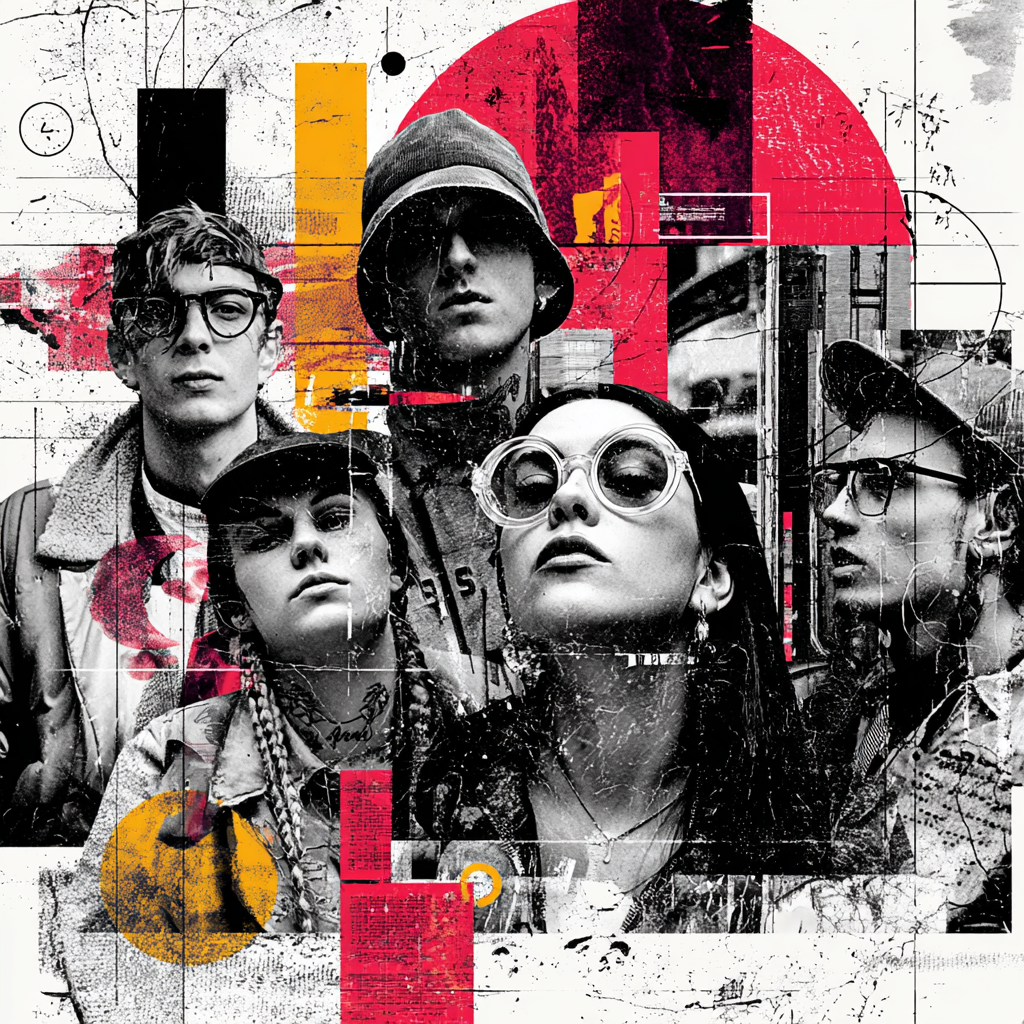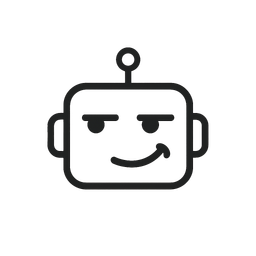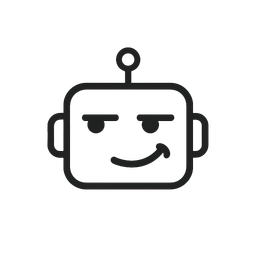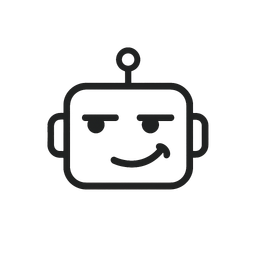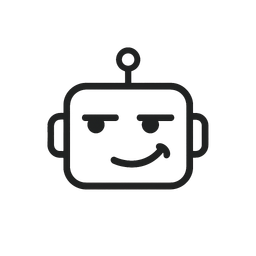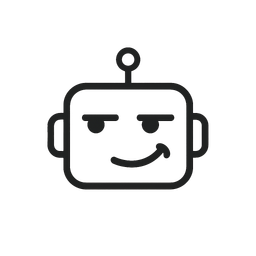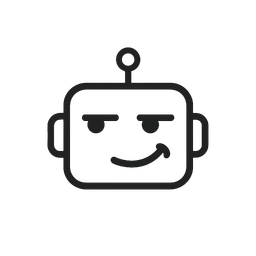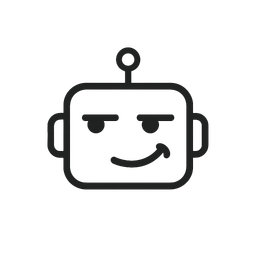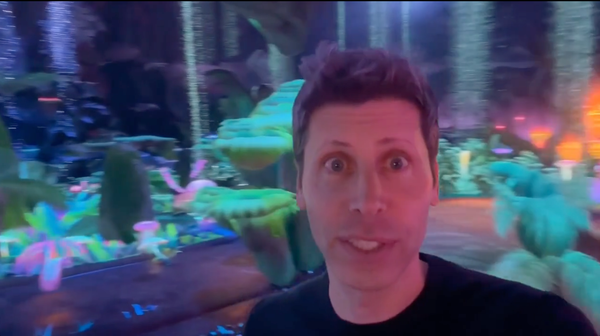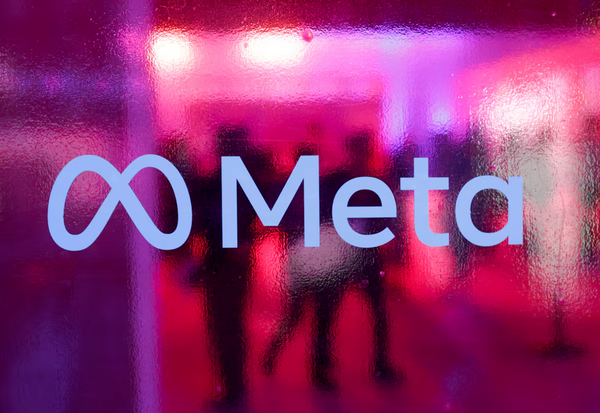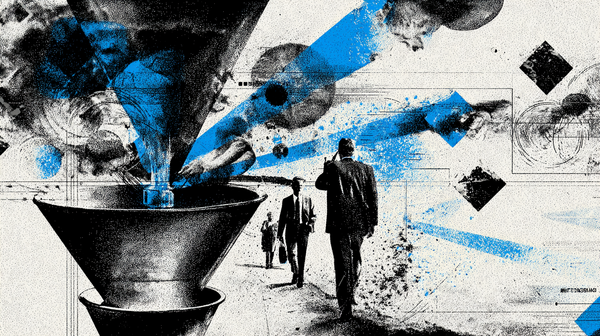The Death of Stock Photography: Why AI Images Won in 2025
Stock photos are officially cooked. In 2025, AI image generation is faster, cheaper, and way more flexible than scrolling through 47 pages of "man smiling at salad." Here's why.
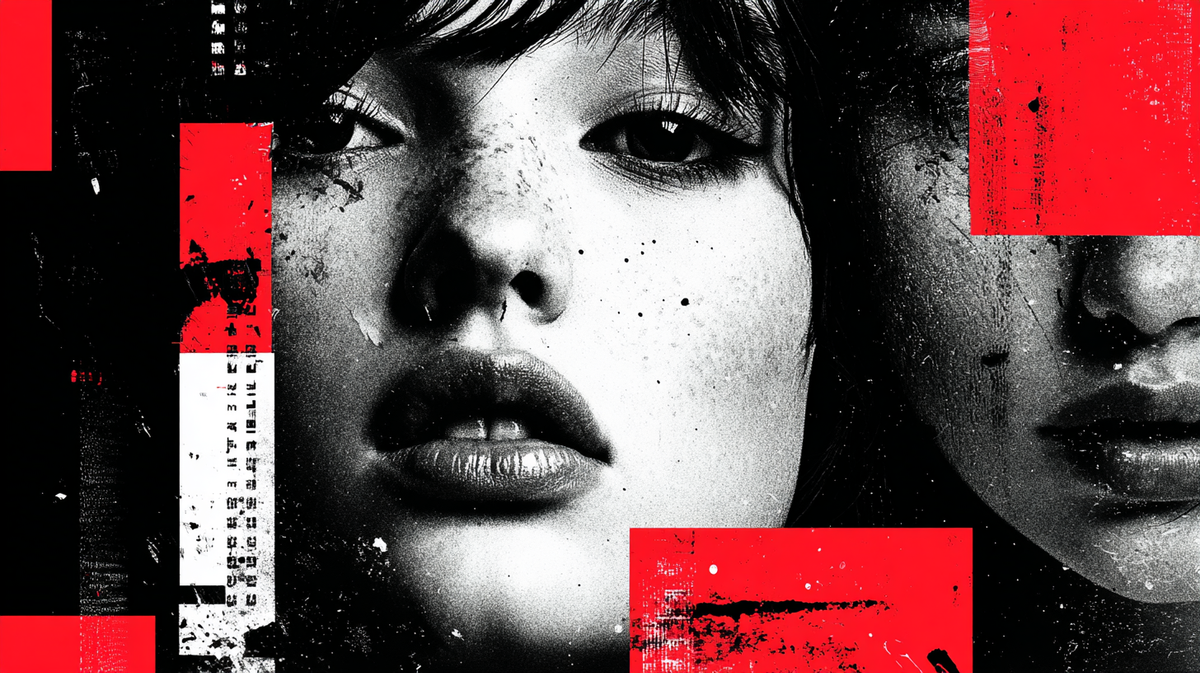
TL;DR
Stock photos are officially cooked. In 2025, AI image generation is faster, cheaper, and way more flexible than scrolling through 47 pages of "man smiling at salad." This piece shows:
- Why stock photography feels invisible in a world drowning in sameness.
- How AI now beats stock on speed, cost, brand consistency, and creative freedom.
- A simple workflow for replacing stock with AI visuals (without falling into uncanny-valley nightmares).
- The pitfalls to watch out for - copyright, laziness, and "AI aesthetic" sameness.
Bottom line: stock is dying, AI is thriving. Marketers who ditch Shutterstock for AI now will look like visionaries. Those who don't will look like... stock.
The Stock Photography Problem
Let's be honest: stock photos have been on life support for years. We all know the clichés - the woman laughing at salad, the business team fist-bumping in unnatural lighting, the "diverse" group of models staring earnestly at a whiteboard with nothing on it. They're not just bland. They're actively damaging.
Why? Because audiences can smell stock a mile off. It's the visual equivalent of corporate jargon - technically fine, emotionally dead. Instead of building trust, stock screams generic filler content. You don't stand out, you blend into the wallpaper.
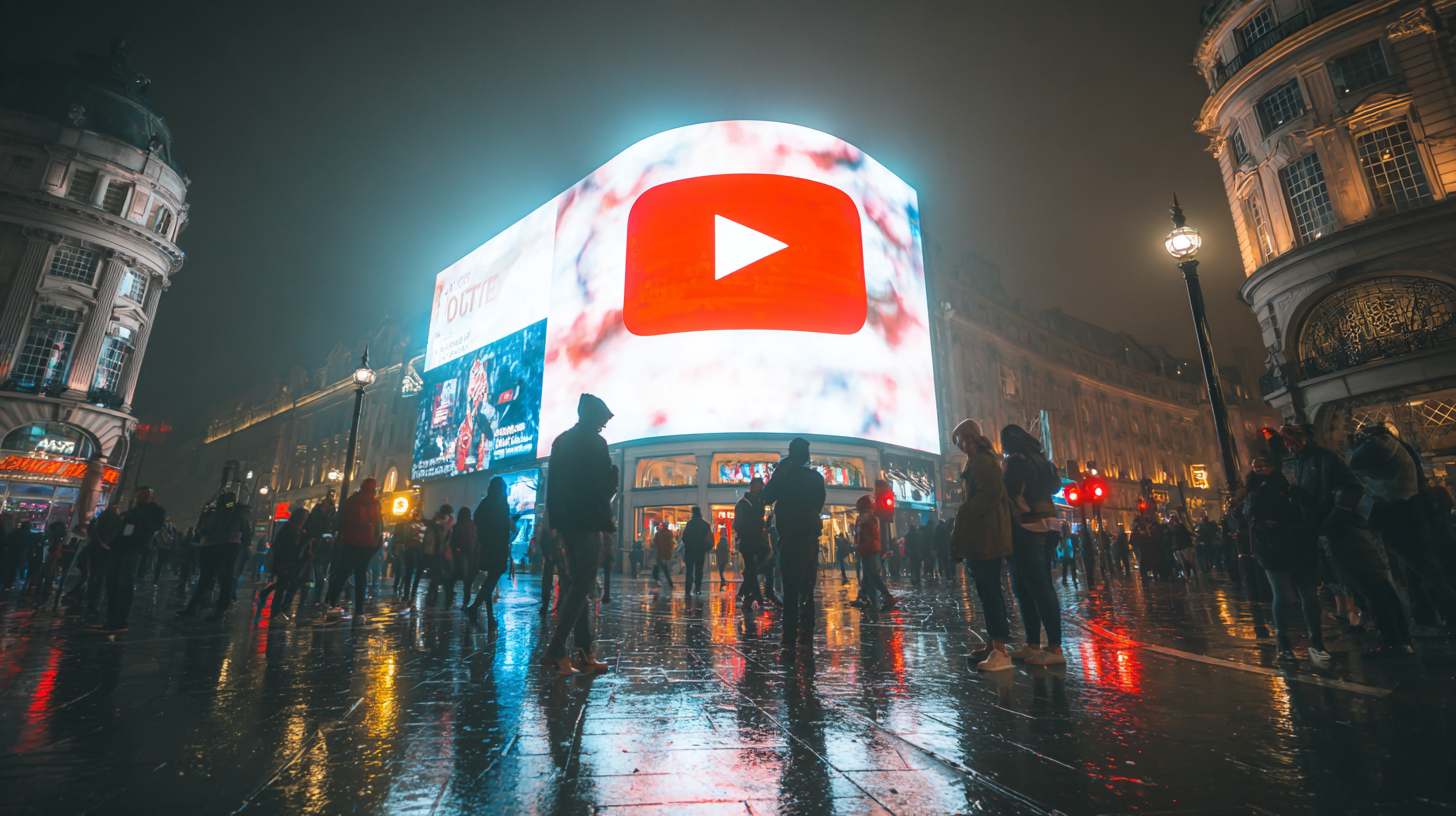
Marketers still use stock because it's quick and cheap compared to custom shoots. But here's the catch: when every brand is pulling from the same library, nobody wins. Scroll LinkedIn or browse mid-tier DTC websites and you'll see the same faces, same poses, same lifeless energy.
In 2025, that sameness is lethal. Attention is too scarce, feeds are too saturated, and consumers are too cynical. If your campaign looks like everyone else's, you may as well not bother running it.
Why 2025 Was the Tipping Point
Stock photos have been limping along for a decade, but 2025 is the year the plug got pulled. Why? Because AI image generation has quietly gone from "fun gimmick" to fully professional tool.
- The tools are everywhere. Canva, Figma, Adobe Firefly, even PowerPoint now bake in AI image generation. You don't need to leave your workflow or learn a new platform - it's right there where you already work.
- The quality leap is real. No more weird hands, melted faces, or uncanny "AI aesthetic." Today's models deliver crisp, photorealistic shots that rival a pro shoot. Lighting, shadows, and diversity all look believable.
- Licensing is being sorted. Getty partnered with Nvidia. Adobe Stock is training Firefly on licensed data. The early copyright chaos is calming down, which makes AI a safer bet for brands than raiding unlicensed image generators.
- Stock = invisibility. When your competitors can generate brand-specific images in seconds, sticking with stock just makes you look lazy. The sameness isn't just boring anymore - it's strategically dangerous.
Put it together and you get a clean break: stock is outdated, AI is inevitable. The shift isn't coming - it's already here.
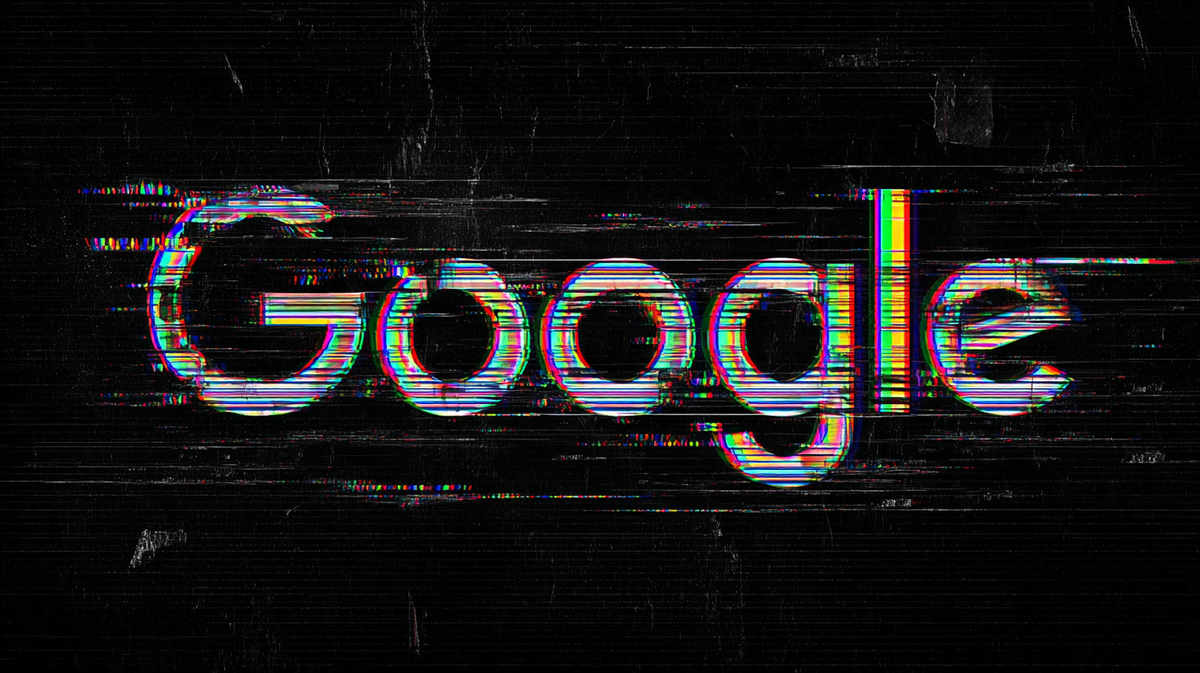
The Four Ways AI Beats Stock
AI isn't just an alternative to stock - it's better in every way that matters to marketers.
1. Speed
Stock: scroll through 40 pages of vaguely relevant results until you cave and pick "man typing on laptop."
AI: type what you need → get it in seconds. "A moody shot of a 20-something coder in a neon-lit café, brand colours worked in." Done.
2. Cost
Stock libraries aren't cheap - especially for teams pulling dozens of images a week. AI costs pennies per image, with some platforms bundled into tools you already pay for (Adobe, Canva, etc.). One monthly subscription can generate your whole year's worth of campaign visuals.
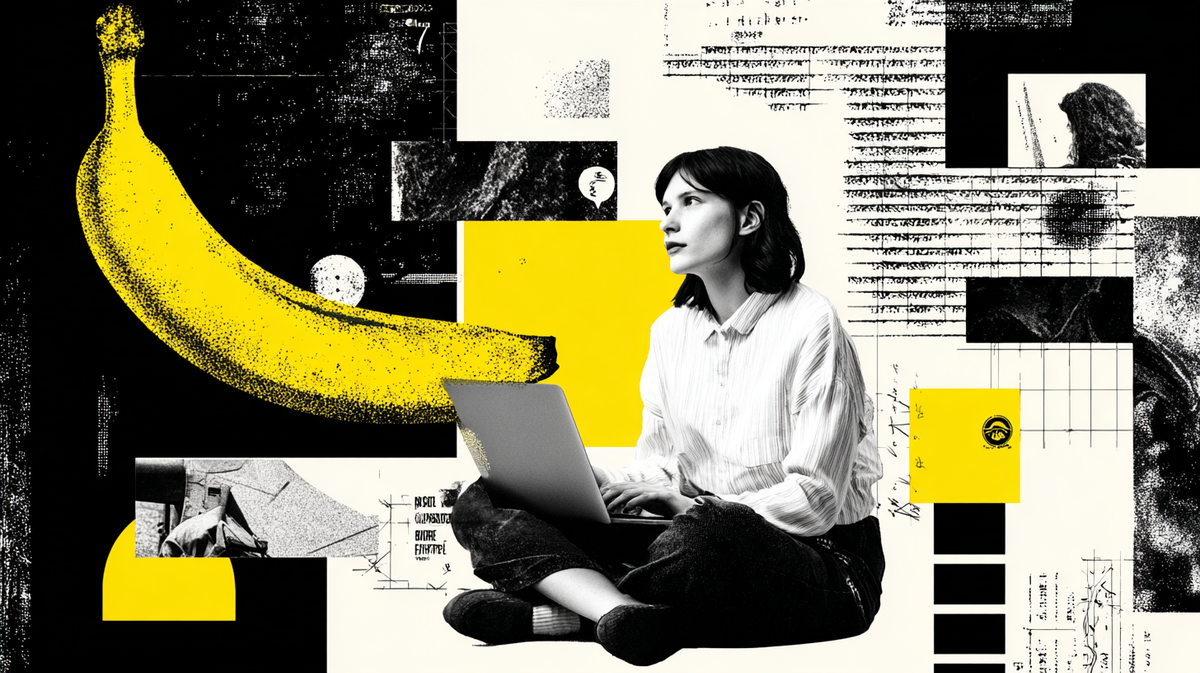
3. Brand Consistency
Stock is always "close enough" but never quite right. You bend your brand to fit the photo. With AI, you train the system on your colors, logos, mascots, or product shots. Suddenly every image feels like yours. No more Frankensteining stock to match your identity.
4. Creative Freedom
Stock ties your hands - you're limited to what some photographer shot in 2014. AI blows the ceiling off. Want your product shot on Mars? Or a realistic image of a dog running a coffee cart in your brand palette? AI doesn't ask why. It just makes it.
Bottom line: stock photography is compromise. AI is control. And in marketing, control is everything.
How to Ditch Stock: A Workflow
Killing stock is easy. Replacing it with AI in a way that doesn't end up looking like uncanny-valley soup takes a bit more thought. Here's the playbook:
Step 1: Define your visual identity.
Decide what your brand's images should feel like: tone, color palette, style references, dos and don'ts. Treat it like you would a brand voice doc, but for visuals.
Step 2: Build a starter pack.
Feed the machine your assets - logos, product shots, hex codes, maybe even past campaign visuals. The more "DNA" you give it, the more consistent the outputs.
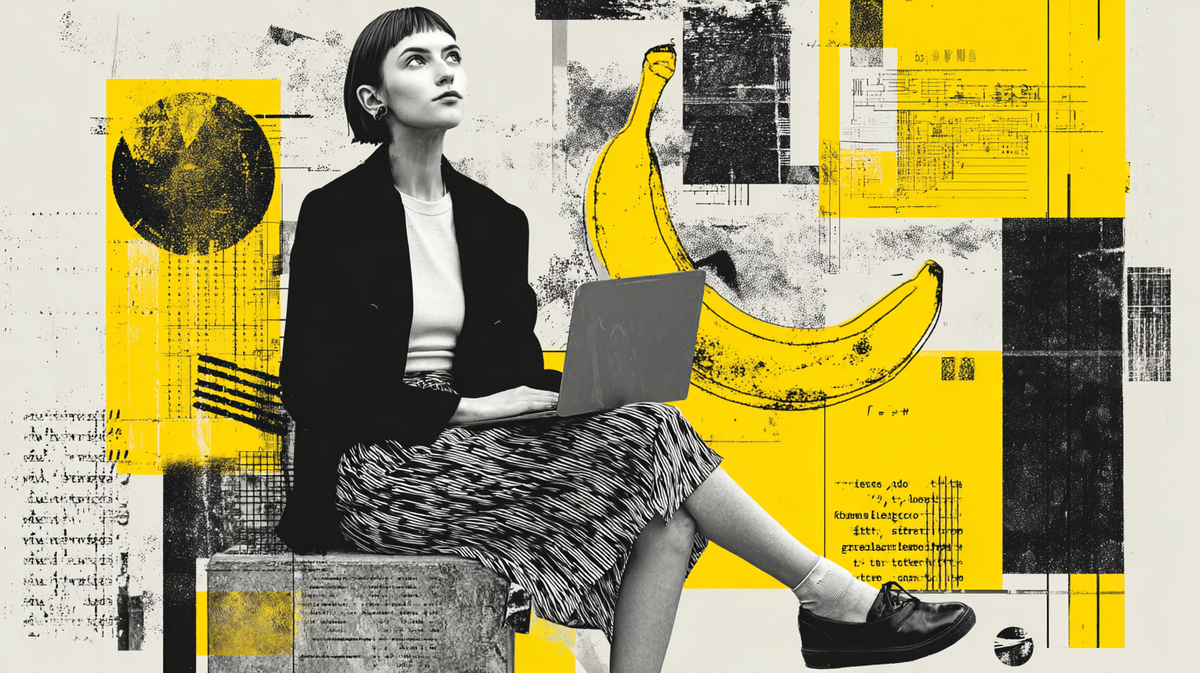
Step 3: Pick the right tool for the job.
- Adobe Firefly or Getty x Nvidia if you need licensed, safe-to-use images.
- Canva or Figma for quick social visuals.
- Magnific AI for upscale + polish when you want billboard-quality.
Step 4: Generate in batches.
Don't just prompt once. Run 10-20 variations, then cherry-pick. This keeps your library full and avoids over-relying on a single "AI look."
Step 5: Test, refine, repeat.
Drop images into campaigns, run A/B tests, and track engagement. If audiences respond to moody portraits over slick renders, bake that learning back into your next round.
The goal isn't to "replace stock with AI" - it's to create your own branded image library that grows more useful every time you use it.
Pitfalls to Watch Out For
AI images beat stock, but they're not magic. Use them wrong and you'll just swap one kind of generic for another. Watch out for these traps:
1. Copyright quicksand.
Not every AI model is trained on clean, licensed data. Stick to platforms with clear commercial rights (Adobe Firefly, Getty x Nvidia) unless you enjoy emails from lawyers.
2. The uncanny valley.
Bad prompts = weird hands, melted faces, and AI's favourite fetish: too many teeth. Don't rush it - refine until your images look human, not haunted.
3. Lazy defaults.
If you just type "woman on laptop," congrats, you've recreated stock in AI form. Specificity is everything: describe mood, lighting, setting, and vibe.
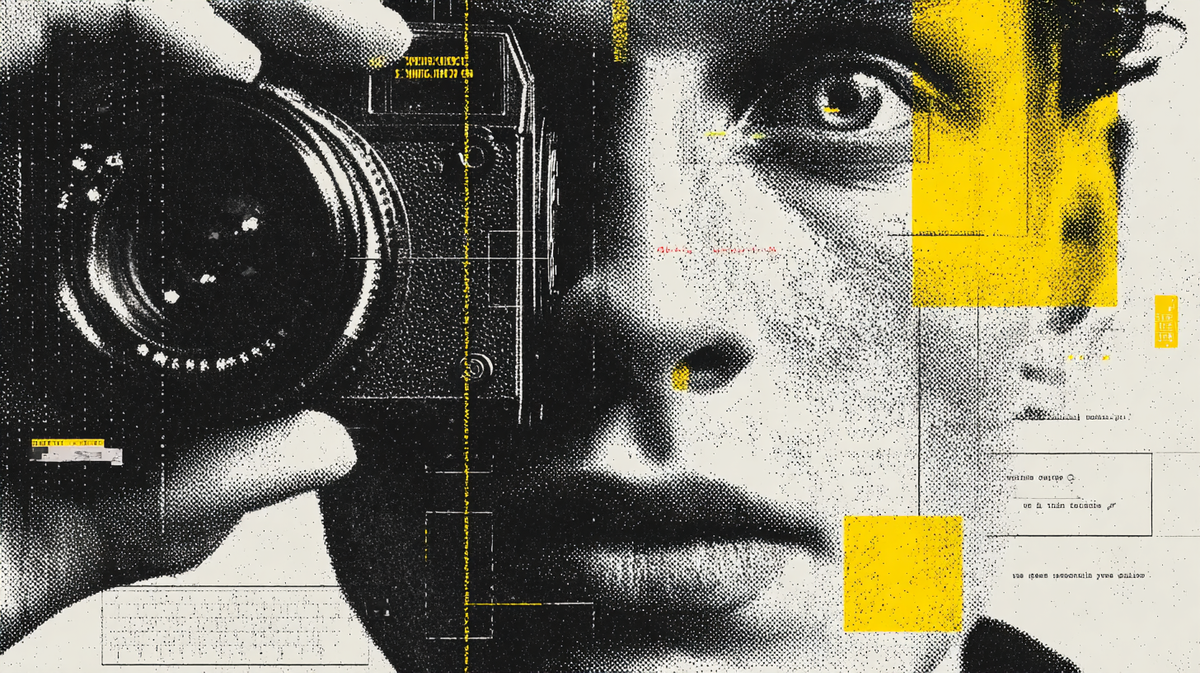
4. Over-branding.
Yes, AI can plaster your logo on everything. No, it doesn't mean you should. Keep it subtle, or your feed will look like a dystopian sponsorship nightmare.
5. Time sink.
AI makes it easy to generate infinite variations. Don't get lost chasing perfection. Set limits, pick the best, and move on.
Bottom line: AI is a tool, not a shortcut to taste. The marketers who win with it aren't the ones who hit "generate" - they're the ones who know when to stop.
Case Studies / Mini Examples (With Proof)
We grabbed five examples of campaigns that have ditched stock for good.
IBM - Personalized Marketing at Scale with Adobe Firefly
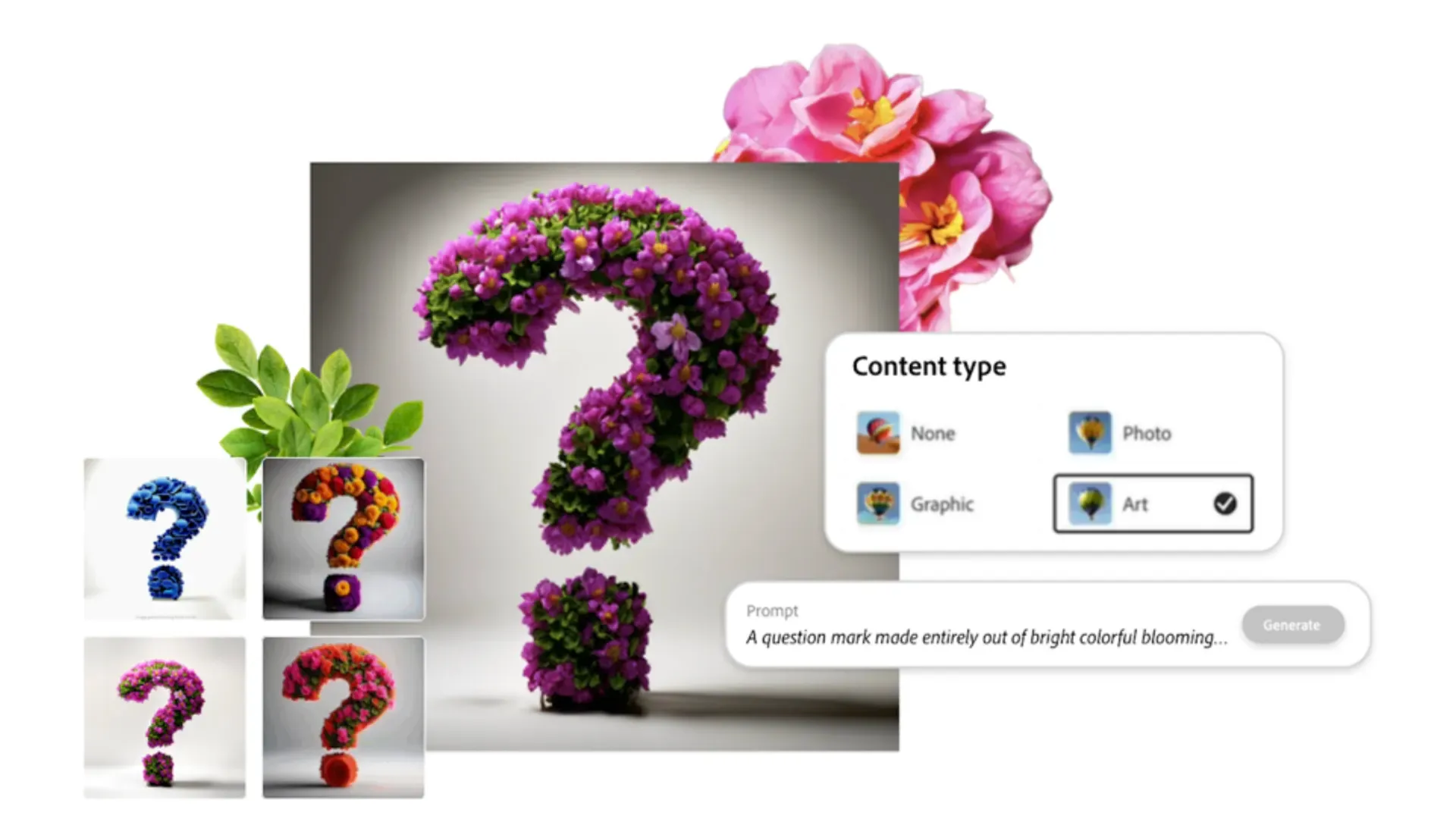
IBM trialled Adobe Firefly to generate marketing assets at scale. They produced ~200 images with over 1,000 variations in one pilot, and the campaign achieved 26× higher engagement compared to its benchmark using traditional methods. Axios
This shows that when done right, AI-generated visuals don't just look cool - they perform.
Estée Lauder Companies - Replatforming Campaigns via Generative AI
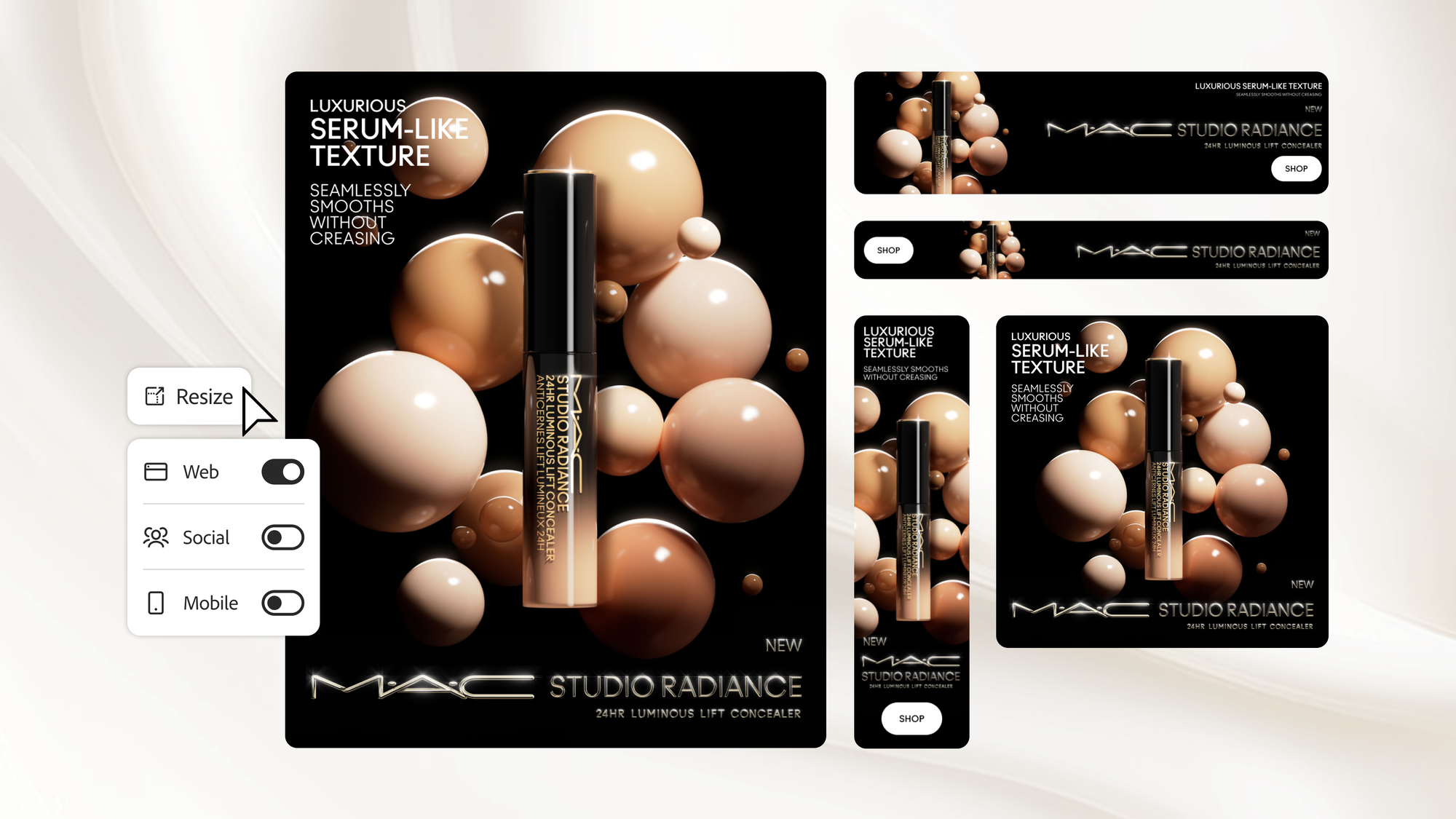
The Estée Lauder Companies (owners of Clinique, Jo Malone, etc.) officially partnered with Adobe in 2025 to integrate Firefly into their campaign creation workflows. Their goal: speed up digital campaign launches across 150+ markets by using generative AI to produce visuals that align with brand identity. news.adobe.com
They're using AI not to replace creativity, but to streamline visual production and maintain consistency across many regions.
Doritos + PepsiCo - Hyper-Localized Content Creation
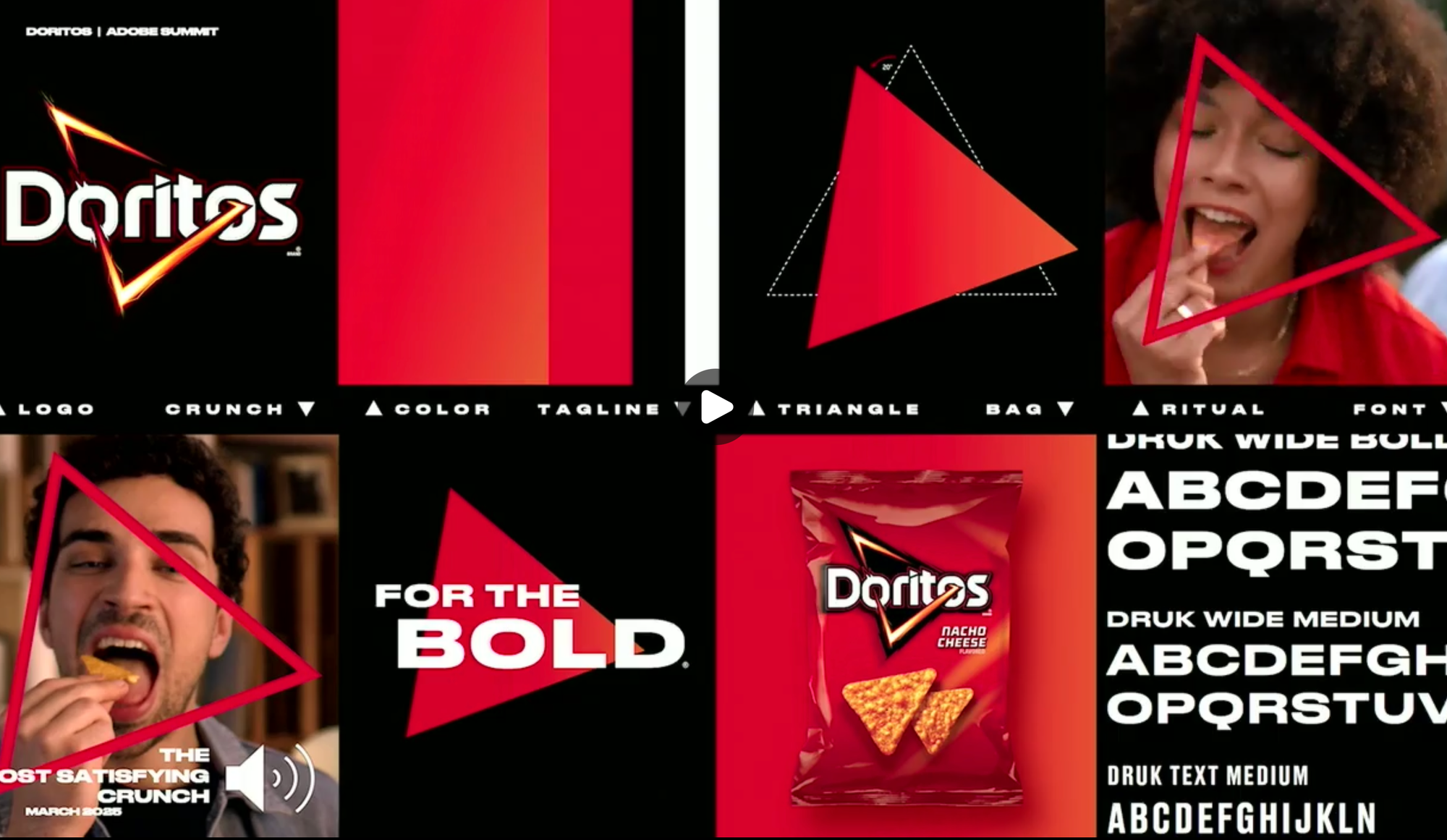
Doritos (via PepsiCo) are using Adobe Firefly and generative AI tools to create culturally relevant and hyper-localized content, while keeping brand voice intact. They're scaling content production and adapting visuals to local tastes without going through full photoshoots each time. Adobe Business
Studio Rx (IPG Health) - Rapid Asset Generation with Firefly
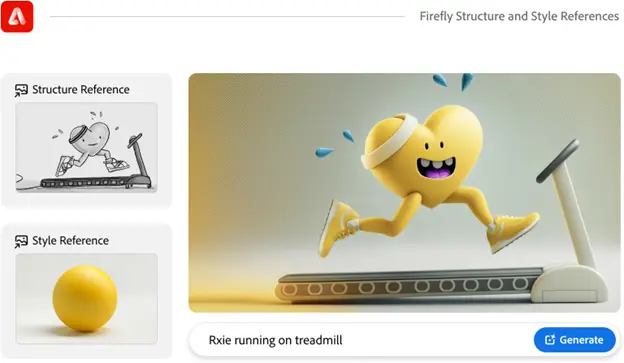
Studio Rx, a production company in healthcare, used Firefly's custom models to rebrand quickly. They created whimsical character assets ("the Rxies") starting from hand-drawn sketches, then turned those into digital visuals using Firefly. Over just 10 days, they rolled out 20+ high-quality branded assets. Adobe Business
Misela, Etro, Mango & More - Fashion Brands Using AI in Campaigns

Several fashion brands (Misela, Etro, Mango etc.) have embraced AI-generated imagery for recent marketing campaigns. AI is being used to generate settings, staging, and models, which are then refined or retouched to feel real. These are not small experiments-they're full photo-style campaigns. Financial Times
Why Stock Photography Won't Survive
Stock libraries aren't going to disappear overnight, but their role is already changing. The old model - sell endless licenses to the same stale images - is finished.
- Stock houses are pivoting. Getty has already cut deals with Nvidia, Adobe Stock bakes Firefly into Creative Cloud, and Shutterstock is licensing its catalog to OpenAI. Translation: the future isn't selling you salad-laughing models, it's selling training data to fuel AI.
- Marketers are moving on. Once you've tasted custom, on-brand, "exactly what I need" visuals in seconds, going back to "close enough" stock feels medieval. The gap isn't just aesthetic - it's strategic. Brands using stock blend in; brands using AI stand out.
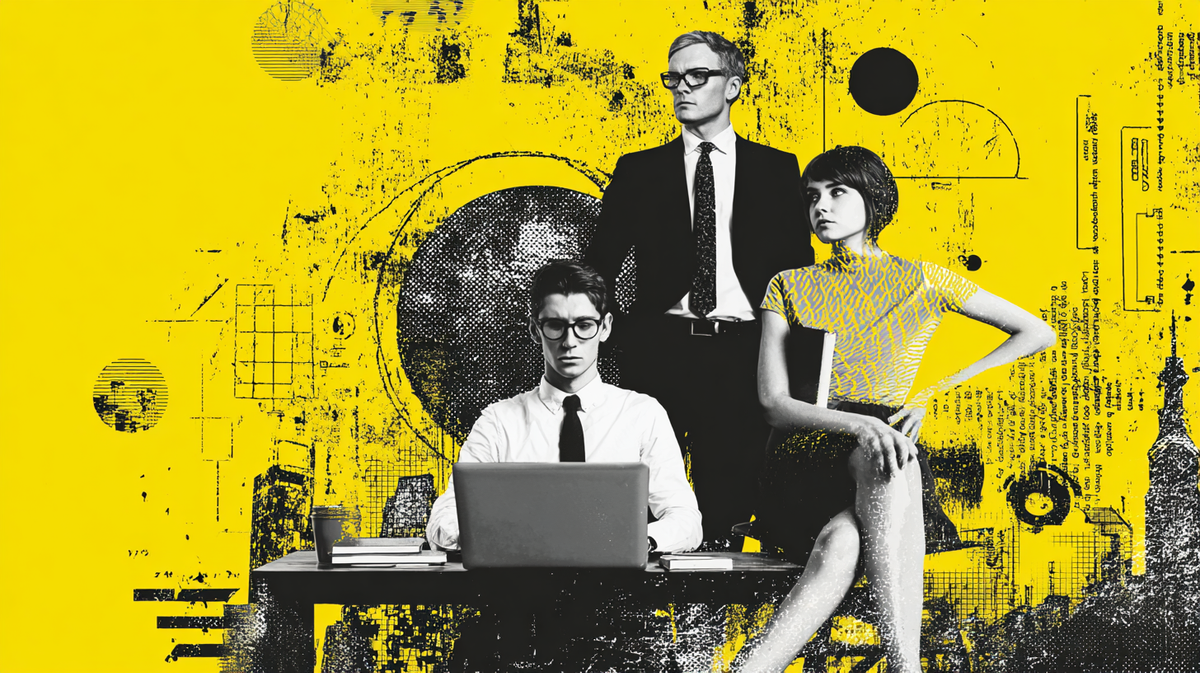
- The creative canvas is expanding. AI doesn't just replace stock - it unlocks entirely new formats. 3D renders, AR-ready assets, interactive visual experiences. You're not buying pictures anymore; you're designing worlds.
By 2026, "buying stock photos" will sound as outdated as "buying clip art." Stock's future is as background infrastructure for AI models - not the source of your next campaign hero shot.
Stock Is Dead, Long Live AI
Stock photography had a good run. It filled websites, pitch decks, and campaign mockups for decades. But in 2025, it's not just dated - it's dangerous. Audiences scroll past it. Competitors laugh at it. And your brand gets filed under generic.
AI-generated imagery isn't a fad. It's faster, cheaper, more flexible, and - if you do the work - more authentically yours. Instead of scrolling through 50 pages of "businessman pointing at graph," you can create visuals that actually match your strategy, your tone, and your audience.
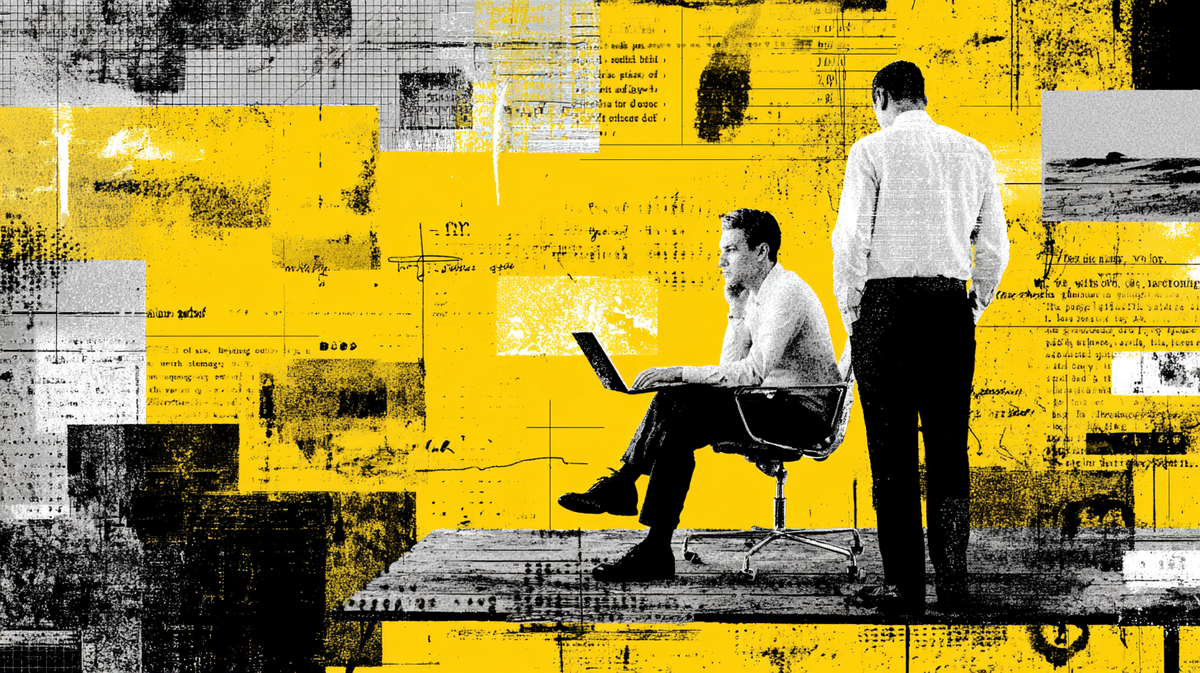
The marketers who win in 2025 won't be the ones with the biggest stock library subscriptions. They'll be the ones who treat AI like a creative engine and build visual identities nobody else can copy.
Next time you're tempted to download "smiling woman on laptop," stop. Open an AI tool instead. Your brand will thank you.
Who are we: Three marketers from 3 different corners of the world with 40 years collective experience building brands that matter. Need some help? Come and talk to us: hello@mostly-human.ai 👋


